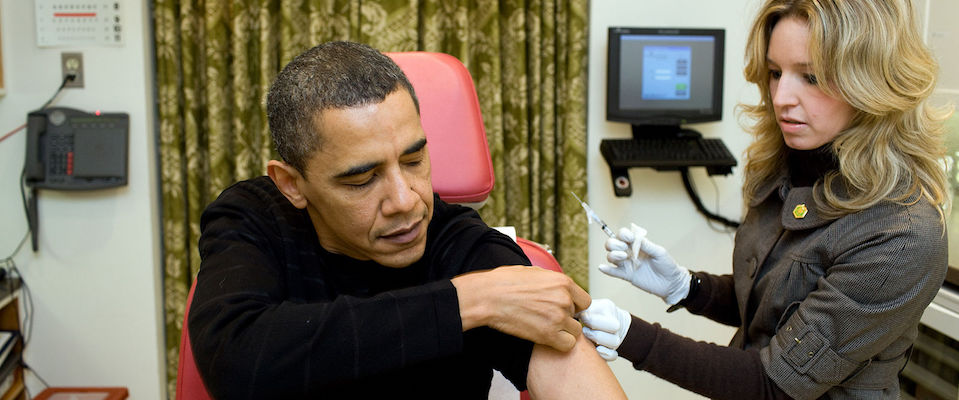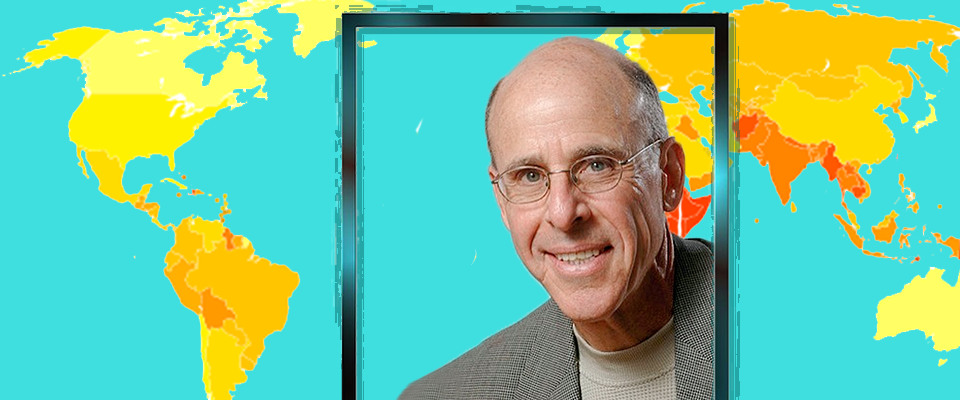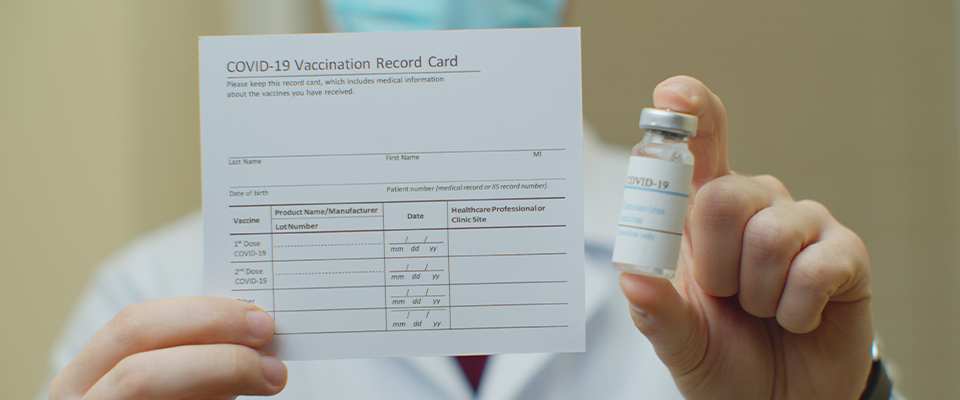With the CDC admitting that last year’s flu shot was a considerable bust and other emerging research challenging the shot’s efficacy, some are questioning if they should even bother. As a spritely 20-something who feels like she’s made of steel and impervious to all disease, I planned to meet in person with Dr. John Swartzberg, UC Berkeley professor of public health and Editorial Board Chair of Berkeley Wellness, to discuss the controversy. And then I got sick.
“I didn’t get my shot,” I admitted over the phone, as I was forced to do the interview from bed. In between a cough and a sneeze, I asked him if the flu shot actually works. Swartzberg, who publicly advocates for getting the vaccine, laughed.
“It’s not a very good vaccine. I think that’s a very fair statement to make,” Swartzberg says. “But it’s the best we have, and it is better than nothing.”
How much better than nothing? According to Swartzberg, it depends. Some years, flu vaccines protect 70 percent of the population—other years, only 20 percent. Compare these results to something like the measles vaccine, which prevents measles in 95 percent of people who get it, and that’s a pretty wide margin of error.
Even if you got vaccinated and develop antibodies for a specific strain, if that virus has changed enough over time, you can still get sick.
The effectiveness of the vaccine depends on how well it was designed to match the active flu strains, says Swartzberg, and that accuracy can fluctuate per shot—mostly because vaccines are created based on educated guesses.
To determine what viruses to vaccinate for, experts examine the most recent winter on our planet—which occurs in the Southern Hemisphere—then look at the circulating strains and make a judgment about which ones they think we’ll see in our winter coming up. Because it takes about six months to develop the vaccine and get it ready for the public, the World Health Organization and CDC decide what will make up the vaccine’s components as early as February.
Most of the time their guesses are “spot on,” Swartzberg says, with 3-4 circulating strains covered by the vaccine—but sometimes they may miss one or two of the strains.
Also, even if they do guess correctly, flu viruses can change. Small genetic shifts in a virus can accumulate, according to the CDC. So even if you got vaccinated and develop antibodies for a specific strain, if that virus has changed enough over time, you can still get sick.
And some may argue that these genetic shifts happen so frequently that they render the shot virtually meaningless.
Chris Kresser, Cal grad and author of the New York Times best seller, Your Personal Paleo Code, has stated on his podcast that he doesn’t think flu shots are necessary and he doesn’t get them himself. In a blog post, he wrote, “Conventional wisdom holds that there’s not much you can do to prevent colds and flus—and even less you can do to treat them. Of course you could get a flu shot, but research suggests they aren’t nearly as effective as many believe.”
Kresser, who has a BA in communications from Cal and is a licensed acupuncturist cites as evidence (as many medical experts have) an exhaustive study from the Center for Infectious Disease Research and Policy (CIDRAP) at the University of Minnesota, released in 2012—which challenged the current methods of developing vaccines.
The study revealed that flu shot protection is “substantially lower than for most routinely recommended vaccines.” The paper acknowledges that hundreds of studies have been conducted showing a 70-90 percent flu vaccine efficacy in healthy adults—but that the data was taken from “suboptimal methodology.”
Piggy-backing off of this, the study concluded that flu shot recommendations over the last three decades were based on “professional judgment” and not “scientifically sound data”—asserting that the widely-held idea that current flu vaccines are highly effective keeps the medical community from creating better alternatives.
The flu vaccine is always going to be imperfect until we develop a universal vaccine—one that attacks the virus in a part of its structure that never changes.
Ordinarily, a single study is taken with a grain of salt, but when I mentioned the CIDRAP study to Swartzberg, he knew it and noted that it was reasonable and done by “good people.” The six experts who authored the paper spent thousands of hours reviewing more than 12,000 official documents, notes, transcripts and articles dating back to 1936. They also spoke to 88 influenza experts, and consulted with a 13-member expert advisory group before the study was published. Of the many influenza reviews used for the study’s research, 10 of them were from the Cochrane Collaboration, a well-known international network of experts.
Tom Jefferson, an author of the Cochrane reviews, told The Independent: “We have conducted four reviews since the late 1990s. We calculated that you need to vaccinate between 33 and 99 people to prevent one case of flu, depending on the match between the vaccine and the circulating strains of the virus. I want people held accountable for wasting taxpayer’s money on these vaccines. The reviews have been available for years and nothing has been done.”
Despite all of this, the authors of the CIDRAP study concluded that you should STILL GET THE FLU SHOT.
“Vaccination offers substantially more protection for most of the population than being unvaccinated,” the study concludes. “For this reason, we believe current influenza vaccines will continue to have a role in reducing influenza morbidity until more effective interventions are available.”
Swartzberg says that the flu vaccine is always going to be imperfect until we develop a universal vaccine—one that attacks the virus in a part of its structure that never changes. One of the most recent attempts at a universal vaccine came out of Lancaster University this year. Researchers there have used computation techniques to design a vaccine that could cover 88 percent of known global flu strains and 95 percent of U.S. flu strains.
“Once we do that, we’ll have a vaccine that will always work, and that’s the Holy Grail,” Swartzberg says. “But we’re probably a decade away from that.”
Until that day, professionals are working on other ways to make the current flu shot more effective. Some shots cover four strains instead of three, and others have higher concentrations that might give more protection to people over 65 who are susceptible to complications from the flu. There’s also a new vaccine for those who are allergic to eggs (as egg proteins have long been used in the flu shot).
Regardless of fluctuating effectiveness of the shot, it seems that anything you can do to prevent contracting the illness is wise.
“Influenza is the only acute infectious disease that occurs in the United States, that every year significantly increases the mortality rate,” says Swartzberg.
On a good year, there are 15,000 excess deaths due to flu in the United States—and on a bad year, it may be 40-45,000. To put this into perspective, says Swartzberg, that’s more than are caused by automobile accidents, which usually are around 33,000 on average per year.
Sadly, of those who die of the flu each year, about 100 are children, said Dr. Thomas Friedan, director of the Centers for Disease Control and Prevention, at a joint briefing with the National Foundation for Infectious Diseases.
Despite these disturbing statistics, there’s been a slight drop in the number of those who get vaccinated: 45 percent of the U.S. population got shots last year, a 1.5 percent decrease than the year before that. What’s concerning is that the largest decrease was among middle-aged to older people—with a 3.4 percent drop among those 50 to 64 and 3.3 percent for those 65 and older. Swartzberg says some of this could have to do with the public health sector not having the budget to advertise and create adequate campaigns to inform the public. He also theorizes that the decrease could be due to a normalization of the virus in society.
“We live in a world where we see influenza every year, and that’s just to be expected. So we get used to it and get accustomed to it,” Swartzberg says. “People are too complacent about how significant an infectious disease this is. It causes significant morbidity and mortality. So that’s the unfortunate thing. Because it’s so common, it happens every year, we tend to make it part of the background noise of life. It’s called denial.”
This was an affliction I currently suffered from, having not gotten around to getting my shot at the end of November. Fortunately, after a brief review of my symptoms, Swartzberg determined that it was just a cold (whew) and I should go get vaccinated. But what about those rumors that getting a flu shot can give you a bad reaction—or even make you sicker?
“Unless you have fever you should be safe to get the flu shot,” Swartzberg said. But he recommended I wait a few days until I get better so I don’t attribute the flu shot to any illness I may experience. “Humans are always looking for causality…. Wait a couple extra days to make sure you’re better.”
I have since taken his advice and have emerged unscathed—and presumably a little bit more protected than I was. A vaccinated woman of steel.




















